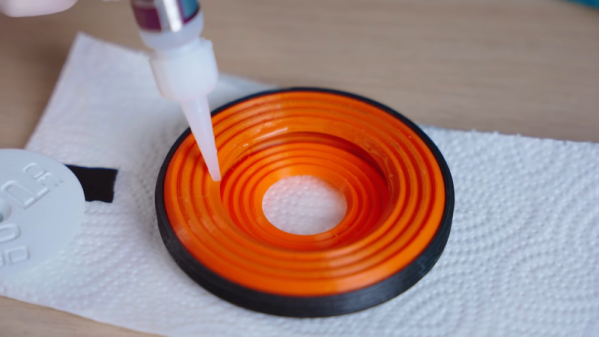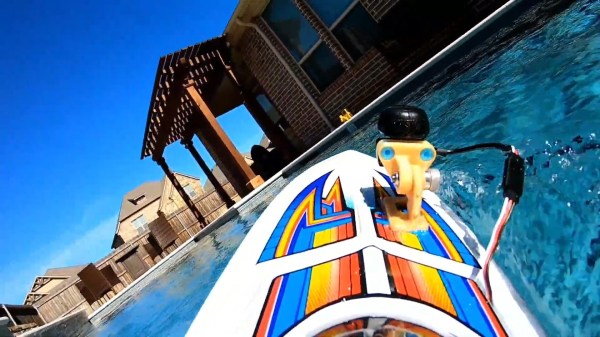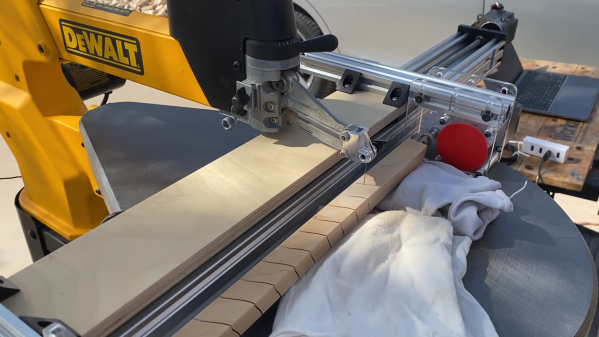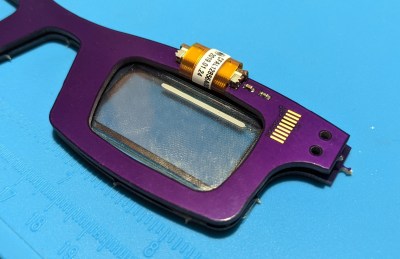Cyberdecks were once a science fiction approximation of what computing might look like in the future. In the end, consumer devices took a very different path. No matter, though, because the maker community decided cyberdecks were too awesome to ignore and started making their own. After lusting after some of the amazing builds already out there, [Zach Freedman] decided it was time to start his own build, resulting in the Data Blaster.
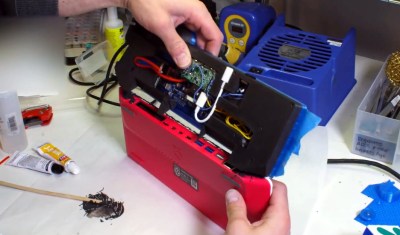
The Raspberry Pi has always been popular in the nascent cyberdeck scene, providing real Linux computing power in a compact, portable package. Now, we have the Raspberry Pi 400, which is exactly that, built into a shell that is, approximately, half of a cyberdeck. This formed the base of [Zach]’s build, coming in handy with its full-sized keyboard.
To that, he added a widescreen 1280×480 LCD, wearable display, and a USB powerbank, turning it into a true go-anywhere terminal. The 3D-printed handles are a particularly nice touch, making it easy to use the deck from a standing position, something that no laptop really does well. As a bonus, there’s even a tiny software defined radio on the side, complete with a collapsible antenna for that added cool factor.
It’s a fun build, and a useful one too. We suspect the chunky plastics and grabbable design might actually make the Data Blaster preferable to a laptop in rugged field use versus a more traditional laptop. We’ve seen some other great work in this area, too. Video after the break.


